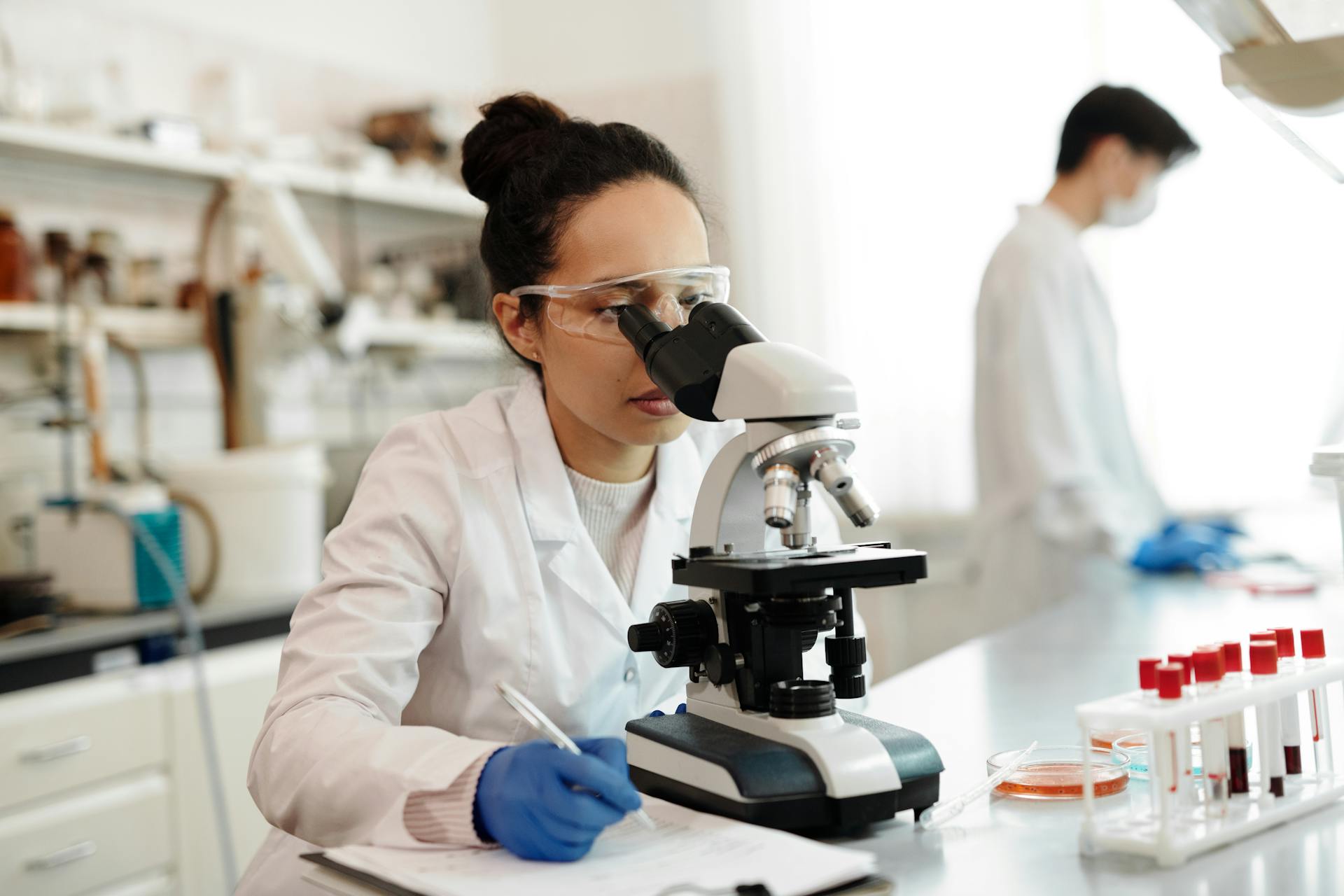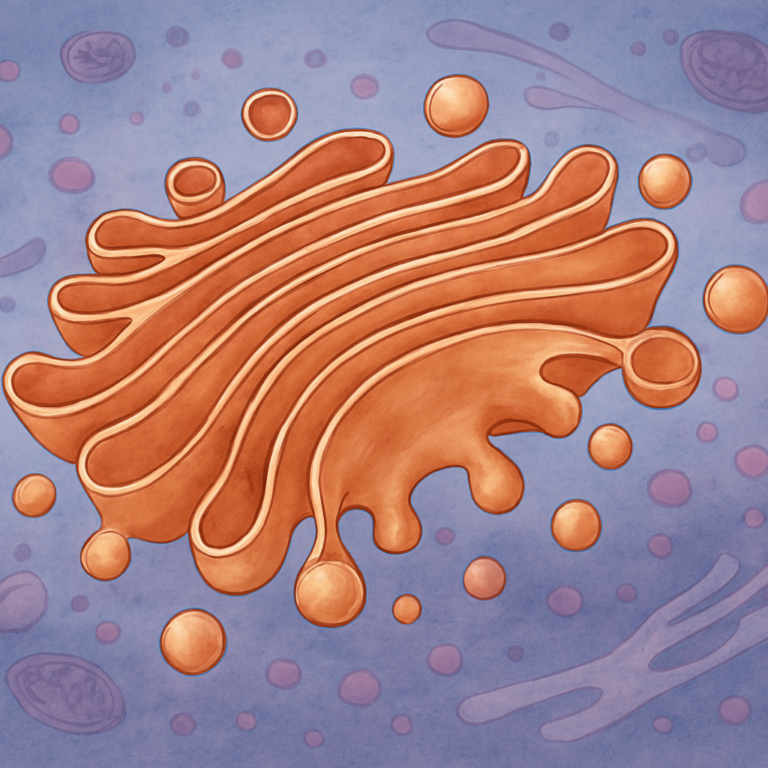Introduction
The term refers to the amniotic sac or the amnion, an important membrane that forms the protective cover around a developing embryo in mammals, including humans. This fluid-filled sac is vital for the survival and growth of the embryo, providing a nurturing and protective environment.
Structure of the Amnion
The amnion, comprised of two cell layers- the amniotic epithelium (a single layer of cuboidal to columnar cells) and the mesodermal layer (a thin layer of loosely arranged connective tissue), is part of the extraembryonic membranes that surround and protect the embryo during development. It generates the amniotic cavity, which is filled with amniotic fluid, acting as a protective buffer against mechanical injury and providing an aqueous environment that facilitates fetal movement, important for musculoskeletal development (2).
Function of the Amnion
The amnion has several crucial functions, the primary one being the formation of the amniotic cavity and the amniotic fluid. The fluid, primarily composed of water with organic and inorganic substances, provides the fetus with protection against physical shocks, helps in the maintenance of a constant temperature, and prevents the adhesion of the fetus to the amnion, thereby facilitating fetal movement (3).
The amnion also aids in the exchange of water, electrolytes, and other substances between the mother and the fetus. Furthermore, the amnion and the fluid it encloses help in lung maturation and the development of the digestive system by the fetus swallowing the amniotic fluid (4).
Amnion in Regenerative Medicine
The amniotic membrane and amniotic fluid are rich in pluripotent stem cells, which have the potential to differentiate into any cell type. These amniotic stem cells can be harvested without harming the mother or fetus, making them an ethically acceptable and non-invasive source of stem cells for regenerative medicine and tissue engineering. Amniotic membrane has been used in clinical applications for wound healing, ocular surface reconstruction, and anti-inflammatory and anti-scarring therapies (5).
Conclusion
The amnion plays a pivotal role in embryonic development, providing a safe, nourishing environment for the growing fetus. Its significance extends beyond embryogenesis, with its potential use in regenerative medicine as a source of pluripotent stem cells. Further research into understanding the precise mechanisms of the amnion and its role in human development can pave the way for new therapeutic strategies and treatments.
References
1. Burton GJ, Fowden AL. The placenta: a multifaceted, transient organ. Philos Trans R Soc Lond B Biol Sci. 2015;370(1663):20140066. doi: 10.1098/rstb.2014.0066.
2. Miner JH, Patton BL. The amnion: where it all begins. Dev Dyn. 2019;248(5):367-377. doi: 10.1002/dvdy.19.
3. Underwood MA, Gilbert WM, Sherman MP. Amniotic Fluid: Not Just Fetal Urine Anymore. J Perinatol. 2005;25(5):341-348. doi: 10.1038/sj.jp.7211290.
4. Brace RA, Wolf EJ. Normal amniotic fluid volume changes throughout pregnancy. Am J Obstet Gynecol. 1989;161(2):382-388. doi: 10.1016/0002-9378(89)90364-9.
5. Mamede AC, Carvalho MJ, Abrantes AM, Laranjo M, Maia CJ, Botelho MF. Amniotic membrane: from structure and functions to clinical applications. Cell Tissue Res. 2012;349(2):447-458. doi: 10.1007/s00441-012-1424-6.




